INDIAN ARMED FORCES CHIEFS ON
OUR RELENTLESS AND FOCUSED PUBLISHING EFFORTS

SP Guide Publications puts forth a well compiled articulation of issues, pursuits and accomplishments of the Indian Army, over the years

I am confident that SP Guide Publications would continue to inform, inspire and influence.

My compliments to SP Guide Publications for informative and credible reportage on contemporary aerospace issues over the past six decades.
Carter visit – New phase in Indo-US defence relations
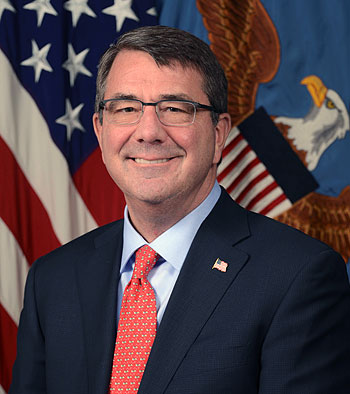
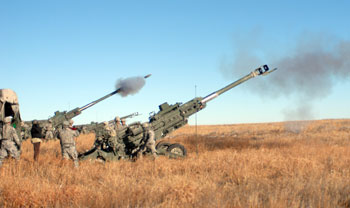
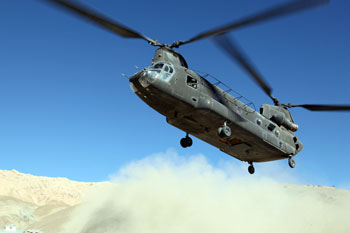
As a follow-up to the US President Barack Obama’s visit to India for Republic Day, the US Defence Secretary Ashton Carter will make his maiden visit to New Delhi in his new avatar on June 2 and 3. The Carter visit is expected to mark a new phase in Indo-US defence and strategic relations as the two defence establishments are expected to give a major push to the ‘Defence Trade and Technology Initiative’ (DTTI). Both the countries are working on ground-breaking ideas and proposals to deepen the defence partnerships between them for decades to come.
The visit is likely to see a forward movement on the four pathfinder projects agreed during the Obama visit. The four products to be co-produced are the next generation Raven unmanned aerial vehicles (UAVs); roll-on-roll-off intelligence gathering and reconnaissance modules for C-130 J Super Hercules aircraft; mobile electric hybrid power sources and uniform integrated protection ensemble increment-2 (chemical , biological warfare protection gears for soldiers). India on its part had shown interest in EMALS (electromagnetic aircraft launch system), which propels fighters into the sky from the decks of a carrier and allows increased payload of the aircraft while saving fuel. Besides these, a working group was also set up on the advanced aircraft carrier.
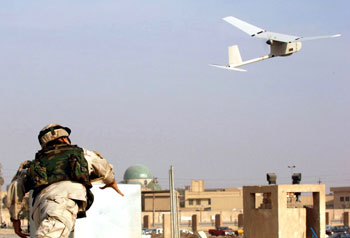
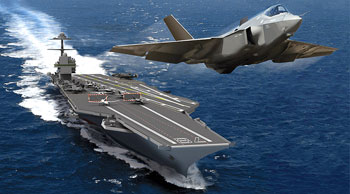
During the February 2014 visit of Frank Kendall, the Under Secretary of Defence for acquisition, technology and logistics, the two sides had reviewed the programme under consideration and during the impending Carter visit both sides are likely to announce solid moves to put the joint defence programme on fast track. The US Navy is currently using next generation technology on its new Gerald R Ford class carrier, which is under construction. Under the DTTI, the US side had proposed 17 defence products and had also requested India to hand over a wish list of projects that India would like to work on. The DTTI was originally called the Carter initiative. According to Frank Kendall, the DTTI is not a treaty or law. “It elevates and accelerates our shared commitment to defence trade and help eliminate bureaucratic obstacles, promotes collaborative technology exchange and enables co-production and co-development of select defence items.”
During President Obama’s India visit, the two countries had renewed the Defence Framework agreement which defines steps to be taken in the next decade (up to 2025) to give a major boost to the bilateral defence partnerships, that would have global ramifications. The Defence Framework agreement has incorporated for the first time a provision to co-produce weapons in India along with transfer of technology under the DTTI. Pentagon is also reported to have set up a ‘Rapid Action Task Force’ to deal with military technology co-development and co-production.
Analysts are skeptical of this taking shape immediately as there are many critical issues still to be resolved. Inspite of the highest level political concurrence, major roadblocks like India’s signature on the three foundation agreements like the CISMOA (communication interoperability and security memorandum agreement ), LSA(logistics supply agreement) and BECA (basic exchange and cooperation agreement for geo-spatial cooperation) still remain part of the wish list for the US side and the Indian side does not appear to be surrendering to the US dictates of various conditionalities imposed on the use of the weapon systems and platforms acquired through US collaboration. Though there are many high end projects like the joint design of the aircraft carrier that will be on the table during the Carter - Parrikar meeting, the two sides would like to push the low end projects to become familiar with how the DTTI will work, to remove bureaucratic hurdles, which can impede execution of such projects.
The US defence secretary will be accompanied by Frank Kendall to continue the process started at the highest political level of the two countries. Kendall is the Pentagon’s points-person on India related defence issues, particularly on DTTI. During the visit of Carter a very important amendment in the 2005 Defence Framework agreement, which was extended for 10 years, would be decided. This refers to co-production and co-development of military hardware and platforms. This amendment will open the door for new projects which might be undertaken for joint development and co-production. The proposal includes the joint production of Scorpion light attack aircraft in India which can also be used as an intermediate jet trainer (IJT) for the IAF. The IAF is reported to be keenly interested in Scorpion light attack aircraft because of the failure of HAL to develop the Sitara IJT, which is under development since 1997. If any agreement is reached on Scorpion, its US developer plans to set up a manufacturing facility under DTTI. The Defence Framework agreement will also be amended in a manner to enable joint advanced military exercises which will bring greater interoperability between the two armed forces.
Before Carter’s arrival , India has already indicated to the US administration its intention to acquire 22 Apache attack helicopters and another 16 heavy lift Chinook helicopters are also likely to be cleared. The two sides are also expected to thrash out issues relating to the next generation Javelin missiles for co-production and co-development. The US side is also pushing for early purchase of M-777 ultra light Howitzer guns which India wants to acquire for deployment on mountainous border of China.
After India signed the New Framework for India -US Defence Relations in 2005, it resulted in intensified defence trade, joint exercises, personnel exchanges, collaboration and cooperation in maritime security and counter -piracy etc. Later the two sides issued a joint declaration on Defence Cooperation in 2013 which highlighted the deepening of bilateral defence relations. Because of these agreements the two countries now conduct more bilateral exercises with each other than they do with any other country. In 2014 for the first time an Indian Navy ship took part in the Rim Of Pacific (RIMPAC) exercise. The two countries already have bilateral dialogue mechanisms in the field of defence which include Defence Policy Group (DPG), Defence Joint working Group (DJWG), Joint Technical Group (JTG), Defence Procurement and Production Group (DPPG), Senior Technology Security Group (STSG), Military Cooperation Group(MCG) and Service to Service Executive Steering Group (ESGs).
These various forums of interaction between defence and armed forces headquarters have laid a solid foundation for new era of defence relations in the face of fast changing Asia-pacific geo-politics, in which India now finds itself embroiled, as China seeks not only to dominate the Pacific sea, more particularly in the South China Sea, but also the Indian Ocean. The US offer to collaborate with India in designing and developing the next generation aircraft carrier is intended with the motive to equip India to counter the Chinese navy, which intends to expand its footprint to the Indian Ocean, India will thus act as a regional balancer of force vis- a- vis China.
According to Ashley Tellis of Carnegie Endowment, USA, “The principal objective that should guide bilateral cooperation in carrier development is the need to ensure that India’s next-generation aircraft carrier—to include its air wing and its capacity for combat operations—will be superior to its Chinese counterparts.”
India is already working on the second indigenous aircraft carrier, which would be much more advanced than INS Vikrant, under construction at the Cochin Shipyard. If India gets design assistance from the US naval designers at this stage, it would greatly enhance the capabilities of the next Indian aircraft carrier likely to be christened as Vishaal. This collaboration would bind the two nations for decades to come in defence and strategic arena. It is expected that during the visit of Carter, some concrete decisions will be taken not only on next generation aircraft carrier, but also on issues relating to DTTI under which several weapon systems and platforms are being discussed.





